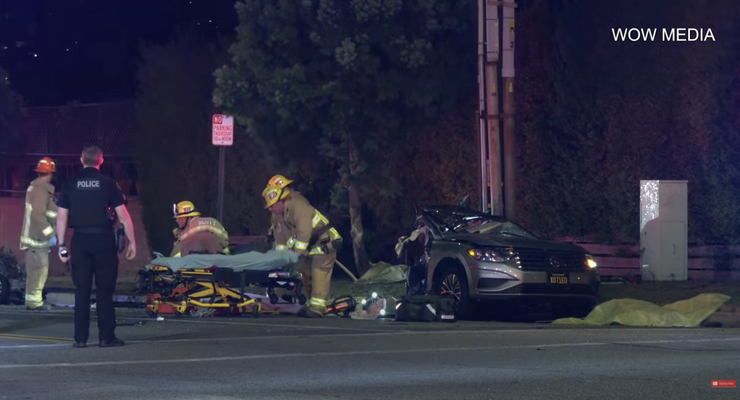
The Pasadena Pedestrian Transportation Action Plan (“PTAP”) is coming before the City Council on Monday, February 26th. It is an important step forward in addressing safety at pedestrian crossings along eleven major traffic corridors in Pasadena. But labeling the PTAP a “pedestrian action plan” is misleading and diverts attention away from immediately needed on-the-ground pedestrians improvements, especially in Pasadena’s denser mixed-use areas. Although the Southern California Association of Governments awarded the city a grant in 2018 to update the 2006 Pasadena Pedestrian Plan for a Livable and Walkable Community, the PTAP does not do that. In fact, the PTAP is the third in a series of City Department of Transportation plans aimed at improving pedestrian safety at pedestrian crossings along major traffic corridors. The first two – City of Pasadena Pedestrian Safety Study at Signalized Intersections (2011) and “Pedestrian Crossing Treatment Guidance” (2016) – were more aptly named. This does not mean the PTAP should be discarded; rather, the PTAP should be renamed for what it is.
The National Highway Traffic Safety Administration’s 2021 study named Pasadena the 8th deadliest city in the country for pedestrians. In face of this immediate reality, the PTAP is inadequate. Implementation of the PTAP will take 10 to 15 years to implement and cost upwards of $30 million. In view of the pedestrian death and injury crisis in Pasadena, we cannot wait that long. The City must install basic pedestrian improvements NOW that can be implemented in the very near term. Spending much less money and taking much less time to do a “real” Pedestrian Plan would go a long way to meeting the challenge. Most pedestrian improvements are basic and can be implemented in the very near term, are of modest cost, have short lead times and can be phased in to match funding availability. Examples include continental crosswalks, re-timed traffic signals, longer pedestrian crossing times, pedestrian diagonal scrambles (like Old Pasadena), bulb-outs and sidewalk corner curb ramps.
In contrast to the PTAP, real pedestrian plans are broader documents and focus on connections and linkages that build unique places – called “Placemaking.” Placemaking views a place in its entirety, rather than zeroing in on isolated components. Safety is a very important part of real pedestrian plans but such plans cannot be successfully achieved solely by focusing on safety. Different disciplines working together are vital for Placemaking. But it is nobody’s job at City Hall to orchestrate this. Putting in improvements Silo by-Silo and hoping for the best is not a plan. A Pedestrian Plan can be funded as part of the $760,000 “Active Transportation Plan”” grant awarded in November 2023 to the City by the U. S. Department of Transportation.
Pasadena should put pedestrian improvements where most of the pedestrians are. According to the PTAP, pedestrians are primarily in the densest core of Pasadena – the Central District and its adjacent areas. However, the PTAP pedestrian improvements will go only to eleven selected major traffic corridors in the City. Arguably, over the past several decades, Pasadena has been predominately car-centric when making mobility improvements. As a result, it will take intentional and active planning for the City to improve its infrastructure for walking and bicycling. Walkability is the soft underbelly of urbanism – pedestrian improvements are essential for making denser mixed use areas work, not solely for the purpose of reducing car-pedestrian injuries and death rates.
Effective pedestrian improvements are more than “street decoration” – pedestrian improvements serve as infrastructure for pedestrians as roadways and traffic signals do for cars. Road diets are an example of when these two things come together creating a more organized and safer way to get around for cars, bicycles and pedestrians.
In conclusion, it is crucial for the health and economic well-being of the City to develop a real Pedestrian Plan with a schedule and realistic funding sources for the denser, mixed areas of the City such as the Central District. These improvements will better accommodate Pasadena’s growing populations in targeted growth areas and better fulfill Pasadena’s three-decades-old promise to be a city where you can circulate without cars.
Marsha V. Rood is a Fellow of the American Institute of Certified Planners and Vice President of the Downtown Pasadena Neighborhood Association. She served as the City’s Development Administrator from 1982 – 2000 and is a 24-year resident of the Central District.














 1 comment
1 comment


